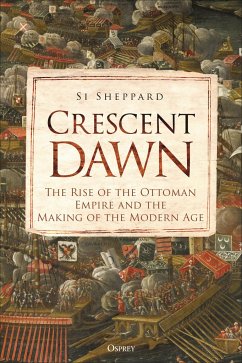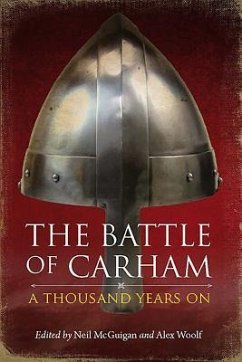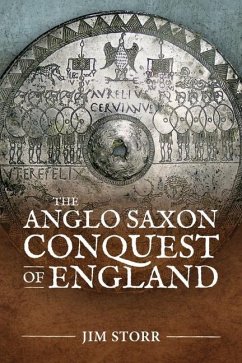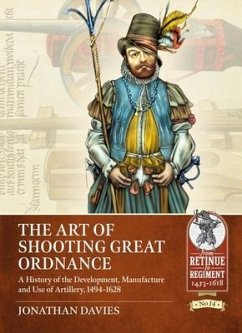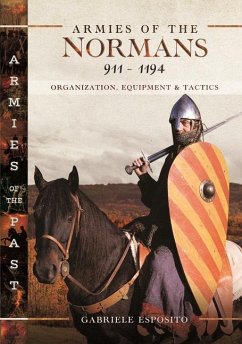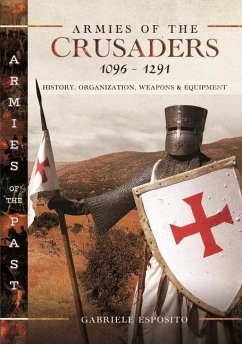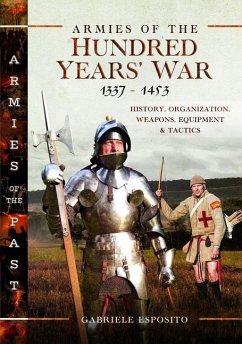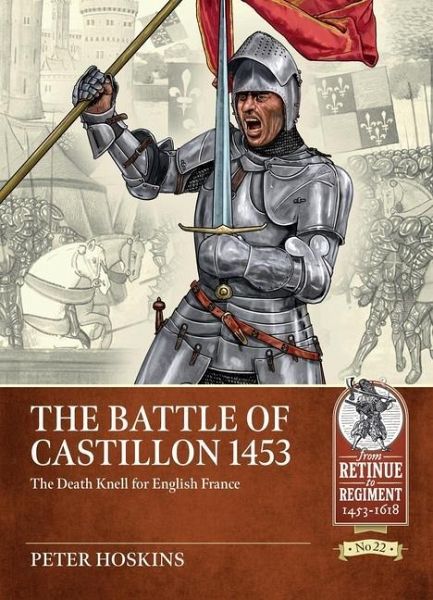
The Battle of Castillon 1453
The Death Knell for English France
Versandkostenfrei!
Versandfertig in über 4 Wochen
32,99 €
inkl. MwSt.

PAYBACK Punkte
16 °P sammeln!
A detailed account of the reconquest of Normandy and Gascony, including the battle which marked the first decisive use of artillery on the battlefield. The defeat of John Talbot, Earl of Shrewsbury, and the Anglo-Gascon army on 17 July 1453 at Castillon on the River Dordogne, 25 miles east of Bordeaux, was the last of the great battles of the Hundred Years' War. The battle resulted in a catastrophic defeat for Talbot and heralded the rapid collapse of the last vestiges of English power in south-west France. Three months later the last English troops le Bordeaux. The end of English rule in Gasc...
A detailed account of the reconquest of Normandy and Gascony, including the battle which marked the first decisive use of artillery on the battlefield. The defeat of John Talbot, Earl of Shrewsbury, and the Anglo-Gascon army on 17 July 1453 at Castillon on the River Dordogne, 25 miles east of Bordeaux, was the last of the great battles of the Hundred Years' War. The battle resulted in a catastrophic defeat for Talbot and heralded the rapid collapse of the last vestiges of English power in south-west France. Three months later the last English troops le Bordeaux. The end of English rule in Gascony brought to an end a period during which, in a little over four years, the French had driven the English from their lands in Normandy and Gascony, leaving the Calais Pale as the only surviving possession in France, a possession that the English Crown would hold for another century. The battle also marked an important step in the evolution of warfare. King Charles VII had brought about major reforms in the French Army, establishing a standing army, and, thanks to the technical and tactical innovations of the Bureau brothers, artillery played a decisive role on the battle field for the first time. To put the Battle of Castillon in perspective the book summarizes the origins of the Hundred Years' War and the ebb and flow of fortunes during the war up to the Treaty of Tours in 1444. It then describes the military reforms of King Charles VII and the innovations of the Bureau brothers in the development of artillery. Shrewsbury, who died in the battle, had a long and successful military career, and was one of the few English commanders to emerge from the final years of the 100 Years War with his reputation intact. He fought during the reconquest of Normandy and, as the commander of the English Army attempting to stem the French tide in Gascony, was a key figure in the later years of the war. His military career is described and the book then recounts in detail the campaigns in Normandy during 1449-50 and in Gascony in 1451 and 1452-3. The battle of Castillon, the decisive action in the French conquest of Gascony, is described in detail. The book concludes with an account of the aftermath of the battle and the final expulsion of the English after the surrender of Bordeaux, three months to the day after the defeat of Shrewsbury at Castillon.




